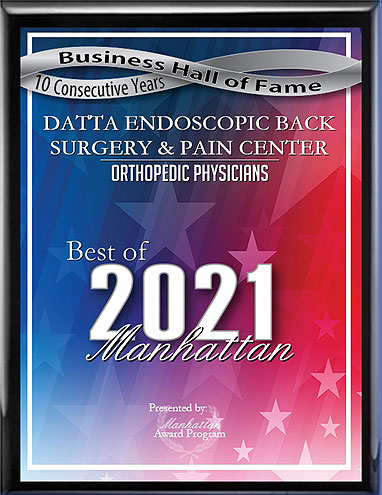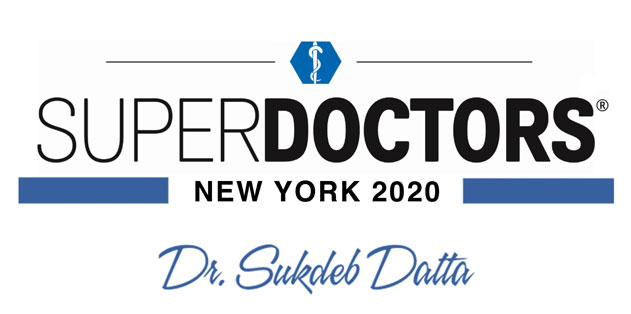Herniated discs can be effectively treated with surgery, relieving symptoms in both the short- and long-term. In addition, modern laser surgery techniques have made herniated disc surgery faster and less invasive than ever.
Causes & Symptoms
The intervertebral discs, which cushion the vertebrae, are composed of two main parts: a soft, inner portion and a tough, outer portion. Both portions are made of cartilage, which receives very little blood and therefore heals quite slowly to not at all. A herniated disc occurs when a spot on the outer portion of the disc ruptures, allowing the inner portion to seep out. In some cases, this does not cause any pain. However, if the disc presses against the spinal cord or nerve roots, patients may experience severe pain in the back, arms, or legs, as well as muscle weakness, tingling, or numbness in those same places.
A herniated disc can occur at any level of the spine - cervical, thoracic, and lumbar. However, it is most common in the lumbar spine, followed by the cervical and then thoracic levels. A herniated disc at each level is associated with its own symptoms - lumbar spine injuries tend to manifest in the legs and buttocks, cervical in the arms, and thoracic in the back and abdomen.
Herniated discs may occur for several reasons:
- Aging - as the discs lose fluid with age, they become more prone to tears
- Improper lifting - this is a common cause of all workplace injuries
- Accidents - a traumatic event such as a fall or car crash can cause a disc to herniate
- Sports injuries - weightlifting is an especially common culprit
In addition, several lifestyle choices are risk factors for herniated discs. Obesity causes the discs to bear more weight; smoking reduces the amount of fluid in the discs; and jobs that require extended time sitting, such as truck driving, can contribute to disc herniations.
Herniated discs can often be treated without surgery. Before surgery is even on the table, your physician will prescribe non-invasive treatments. These include:
- Chiropractic treatment
- Physical therapy
- Weight loss
- Anti-inflammatory medications such as ibuprofen
- Epidural steroid injections
For a minority of patients, these treatments are not enough to relieve symptoms. Surgery is an especially strong option for patients who are experiencing neurological symptoms or severe pain.
Several operations can be performed to treat herniated discs. There are two main categories of herniated disc surgery. The first is traditional open back surgery, which is highly invasive. The second is laser herniated disc surgery, which is a minimally invasive, outpatient procedure.
Both types of surgery treat herniated discs by physically removing the herniation. In traditional back surgery, surgeons open the spine and use scalpels and other tools to remove the herniated portion of the disc. In laser back surgery, surgeons create only a small hole in the back and use radiofrequency or laser probes to dissolve a small part of the inner portion of the disc. This causes the disc to reabsorb the herniation.
In either case, symptoms are relieved. However, the recovery time is much shorter and more comfortable for laser back surgery as compared to traditional surgery. Indeed, symptoms are often relieved as the procedure takes place.
While some people with herniated discs need surgery, only a doctor can tell you whether herniated disc surgery is right for you. To schedule your consultation today, please call the Datta Endoscopic Back Surgery and Pain Center at 212-420-0312.






 EDISCSCULPT
EDISCSCULPT



